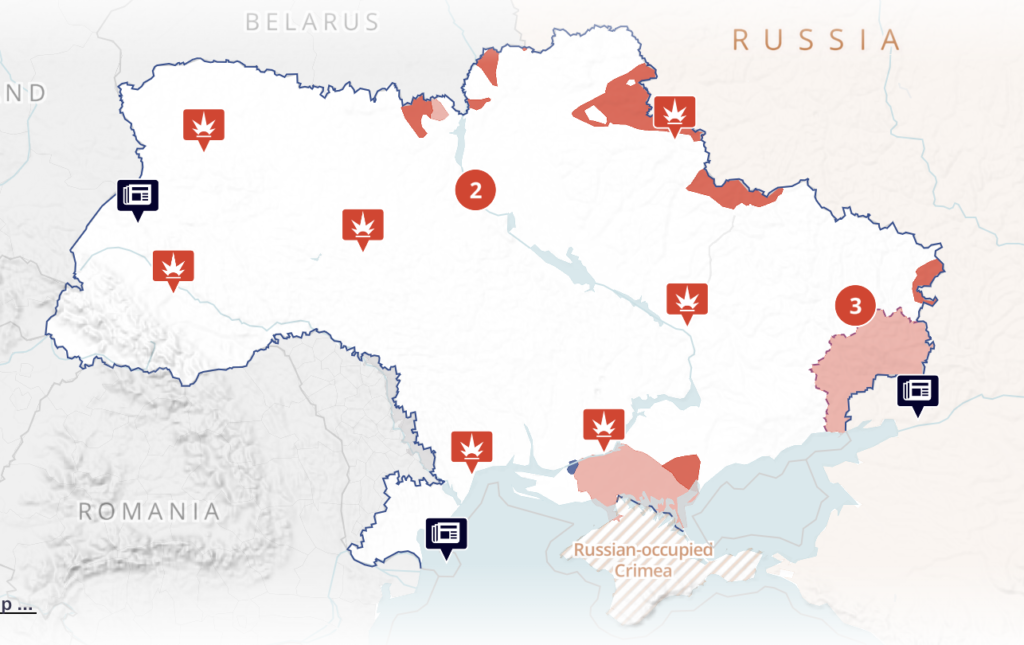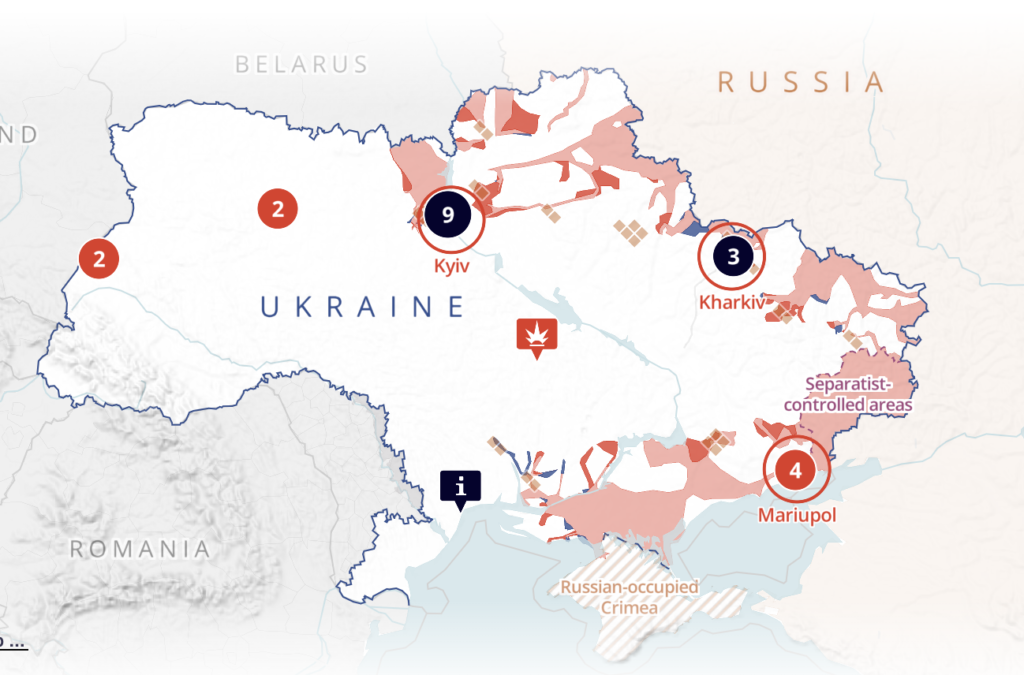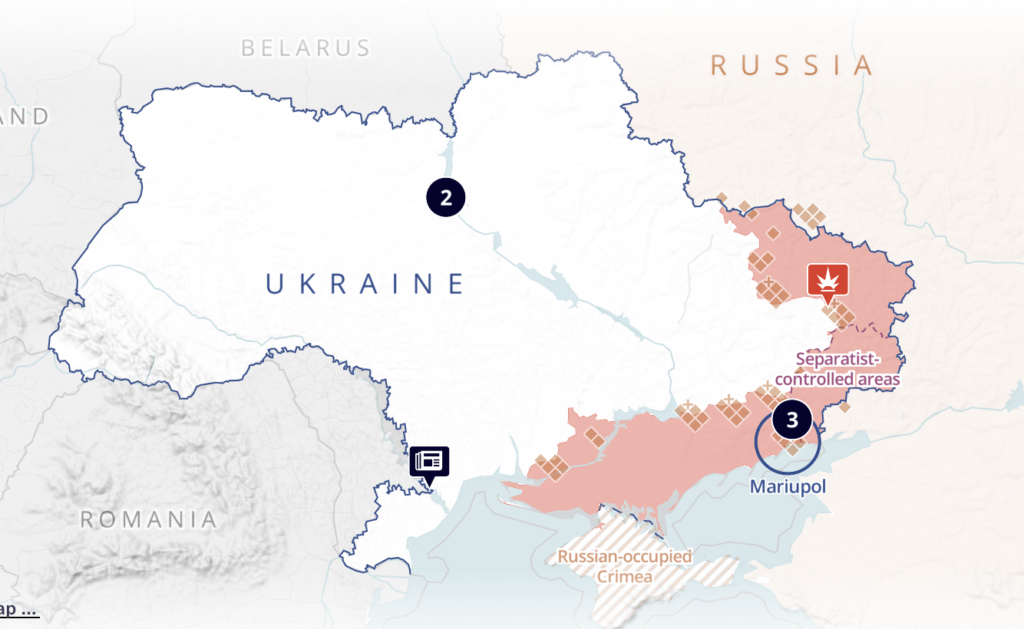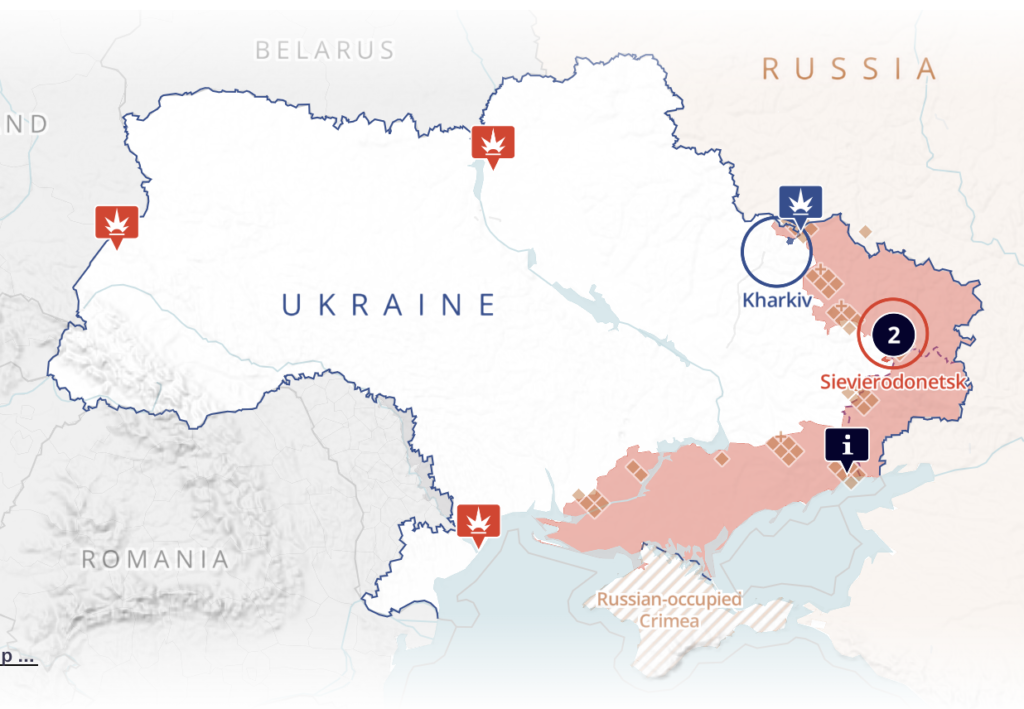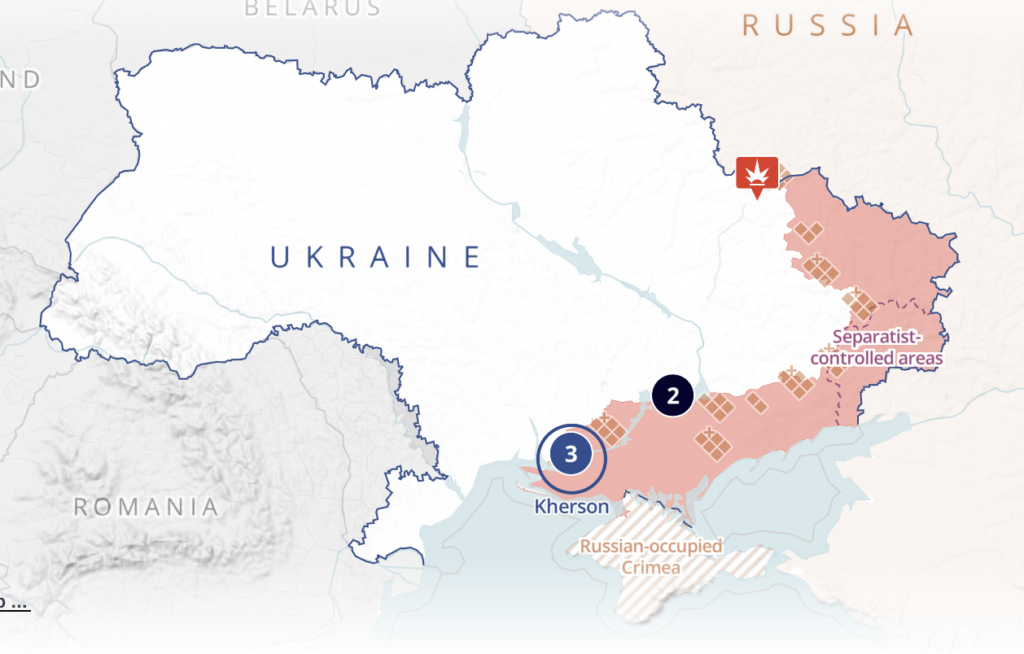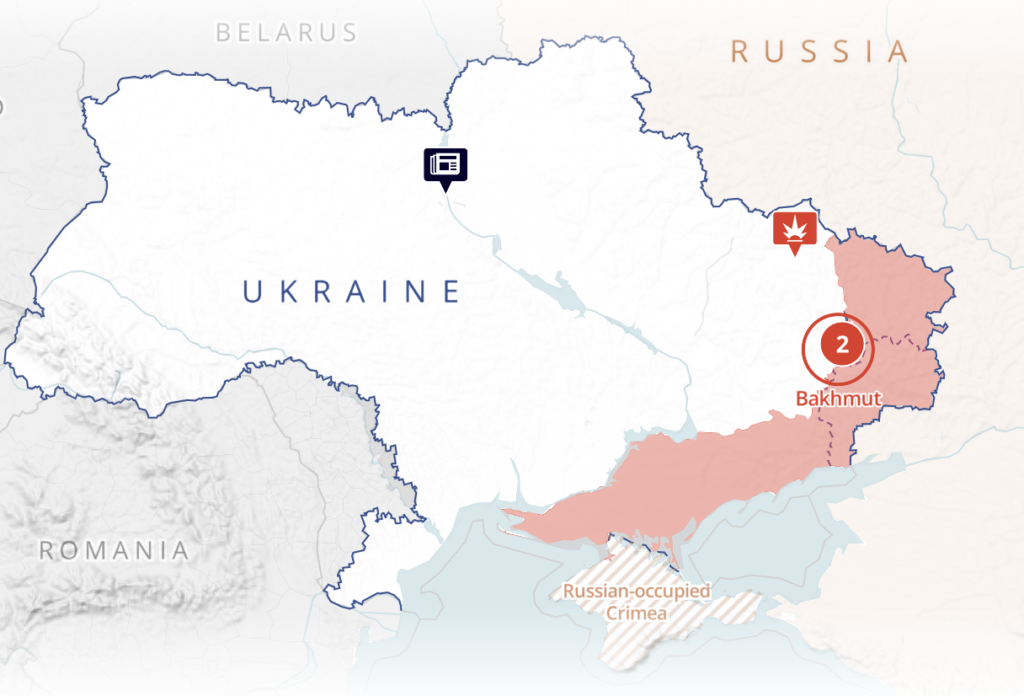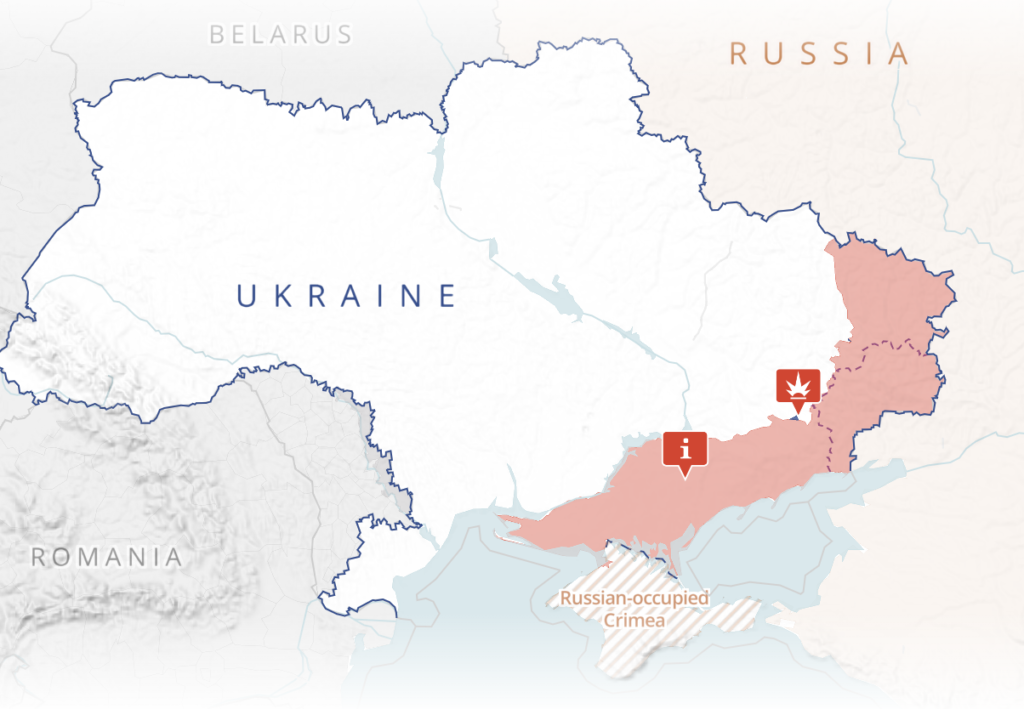This reflection is originally published on From Many, We the Charles F. Kettering Foundation blog series that highlights the insights of thought leaders dedicated to the idea of inclusive democracy.
I went to Kyiv, Ukraine, June 2–7, 2025, to offer a short course on Civic Studies at the Kyiv School of Economics (KSE).
I wanted to do something useful in Ukraine. Ukrainians earned their democracy by accomplishing massive nonviolent popular revolutions in 2004–2005 and 2013–2014. Their republic stands as a rebuke to Russian President Vladimir Putin, who has tried to destroy it for more than a decade. In addition to wanting to express solidarity, I also wanted to learn from them and to understand more about civil society in the context of war.
On the Ground in Kyiv
As I traveled toward Kyiv, the tempo of the conflict was increasing. First, the Russians intensified strikes on civilian targets. Then Ukrainian special forces achieved a remarkable attack on Russian strategic bombers, which form part of the Russian nuclear triad. President Putin swore to retaliate—a threat that President Trump repeated without any criticism. Some retaliation then unfolded while I was in Kyiv, although Putin may still be looking for ways to do far worse. The Thursday of my visit was the second-most intense night of strikes on Ukrainian civilians in the war to that date.
I was safe, in part because my hotel had a massive, three-story underground garage. From the bottom level, with heavy summertime HVAC running, I couldn’t even hear the strikes on our district, Solom?yan?sky, or the Ukrainian air defenses. I then left Kyiv after the planned five days, which is a blink of an eye compared to the experience of living with this war for three years so far. Most Ukrainians seem resigned to an indefinite future of the same.
Air raid alerts sound several times every day. Mostly, an alert does not result in an actual attack. The Russians send up a MiG (military aircraft) to cause an air alert and disrupt everyone’s day. We are all familiar with disruptions, but it is different to face a hostile state that is trying to maximize inconvenience for years on end. The Russians choose the times and methods of their attacks for that purpose. My class had to relocate to a bomb shelter while we were doing our introductions on the first day and when the participants were offering their final reflections at the very end. Of course, this was a coincidence (Putin did not know or care about my course), but the point is that anything one tries to accomplish is subject to disruption.
Often, the raids are real. The Russians deploy swarms of Iranian shahed drones that buzz around the city, threatening civilian targets. I am told that they sound like Vespa scooters. Most Ukrainians do not have deep basements under their homes—some say they have no shelter at all. So, they listen to the drones’ buzz and the Ukrainian air defenses.
At a certain point, the shaheds crash into apartment buildings, power infrastructure, schools, or any targets that the Russians choose. Meanwhile, MiGs are launching cruise missiles from hundreds of miles away. The popular Telegram channels (with automatic English translation) are used by civilians to report drones or missiles flying overhead. “Chernihiv, heading south!” “The cruise missile is turning west!”
Ukrainian civilians face constant choices: Go to the subway station or wait this one out? Try to move to an apartment on a lower floor? Try to emigrate? And many have relatives on the frontlines.
They report handling stress in various ways. One confident young man told me that he had thought he was fine until his first night on a trip to Poland, when there was a thunderstorm and he found himself trembling and weeping. His guard was finally down. A clinical psychology professor told me that PTSD is a misnomer, because the trauma is not “post.”
I wanted to understand whether such a violent context would require changes in the course material that I usually present.
The Course
With colleagues in the United States and overseas, I have developed a syllabus for an introductory course in Civic Studies and have offered it many times before in several countries. Indeed, I had helped to lead a version in Ukraine in 2015.
I hoped that the course would be useful for Ukrainians who are active in their own civil society—or who want to act—and who struggle with specific challenges, such as the disruptions of war, endemic corruption, and the difficulty of holding robust public debates in full view of a foreign enemy. I was interested in whether Ukrainian civic leaders had changed their thinking since the full-scale invasion of 2022.
Although my course was open to undergraduates, the participants turned out to be professionals who work for Ukrainian nonprofit organizations, plus some entrepreneurs. At least three participants had free time for studying civics because they had recently lost jobs that had been funded by USAID.
In essence, the course addresses three questions that arise for anyone who wants to preserve or improve society.
- First are questions of collective action: What kinds of rules and norms help groups to coordinate individuals’ action so that they can accomplish goals together?
- Second are questions of dialogue and deliberation: How should people discuss disagreements about values and make wise decisions together?
- And third are questions of exclusion. When institutions (or even whole populations) refuse to collaborate or deliberate with us, how can we compel them to engage constructively without using violence? This last topic turns our attention toward nonviolent social movements.
Our curriculum represents a respectful challenge to definitions of “civic education” that emphasize the national government and its constitution. In Civic Studies, we treat any sovereign republic as one venue among many for deliberation and collective action, and we see citizens as people who may choose to belong to many overlapping groups at various scales.
For the most part, my course unfolded as usual. Near the end, at least two participants wanted me to say how different I had found them from the other people I had taught in other countries. My honest answer was that they were not too different. Active participants in civil society everywhere seem to have generally similar concerns and perspectives.
Perhaps this group was a bit less adversarial than the participants in my previous courses. In the last segment, I always give students instructions for organizing an advocacy effort, and I play the “target” of their advocacy. This group asked me to role-play the chair of the board of KSE. They then chose to present me with a rather good idea for a new program. I do not know whether their gentleness toward a hypothetical authority-figure was representative of Ukrainian civil society, but I found it unusual.
In general, my experience in Kyiv reinforced my confidence in the Civic Studies curriculum, but it did challenge me in some valuable ways.
For one thing, the curriculum presumes that the public sphere should be free and vibrant, full of debate about conflicting values. On the surface, Ukraine is not having a very robust, public debate about existential questions, such as whether it would be worth a vast sacrifice to try to regain occupied territories or whether Vladimir Zelensky is the best available leader.
One explanation is that the answers are clear; the government enjoys a broad consensus. Another explanation is that people are voluntarily keeping diverse opinions to themselves because debating and disagreeing feel wrong; it undermines solidarity. Particularly while the government negotiates with a foreign enemy, it may seem wiser to leave such matters to leaders and not to publicly discuss what Ukrainians would be willing to concede. (After all, the Russians could watch the debate.) Finally, to some extent, the Zelensky government may discourage dissent, not through censorship and violence but by dominating the Parliament and media.
I did not press the class to tell me what they thought about the quality of their national debate because the question did not feel sufficiently respectful in the moment. I am still pondering the appropriate role of debate when a nation is under attack.
Another assumption of the Civic Studies curriculum is the value of nonviolent civil resistance, something that Ukrainians experienced in 2004–2005 and 2013–2014. I can testify that it is difficult to talk about nonviolence in wartime. When I emerged from the shelter on Friday morning, I was not exactly in the mood for reconciliation with Russians.
That said, participants seemed open to my point that their relationships to their own fellow citizens and to Ukrainian institutions must almost always be nonviolent, and therefore it is important to learn nonviolent methods for social change.
Finally, I noticed that concepts of patriotism and honor were more prominent in my own mind than usual. Patriotism is often a central value in civic education curricula that are required around the world, including in the US. In contrast, the ideal of patriotism is less prominent in Civic Studies because the nation-state itself is not our focus. In fact, patriotism can rationalize unjust favoritism for people who hold legal citizenship while excluding others.
Nevertheless, I believe that American patriotism was my most basic motivation for going to Ukraine (along with curiosity about what Ukrainians would tell me). I consider our government’s current betrayal of Ukraine to be a stain on our honor. I feel dishonored because I love my country. If I lacked patriotism, then this shame would not attach to me. It was a privilege and a source of satisfaction to be able to tell Ukrainians that many Americans stand by them.
Peter Levine, a Kettering Foundation board member, is the Lincoln Filene Professor of Citizenship and Public Service in Tufts University’s Tisch College of Civic Life and the director of Tufts’ Civic Studies Program. He most recent book is What Should We Do? A Theory of Civic Life.

